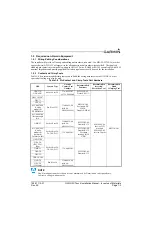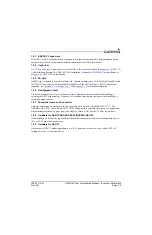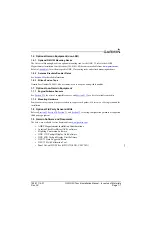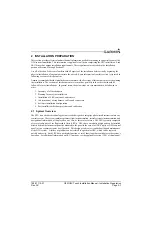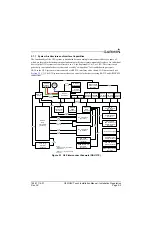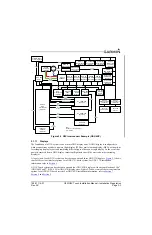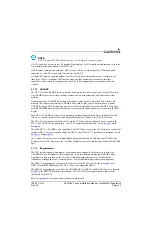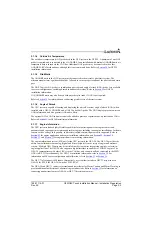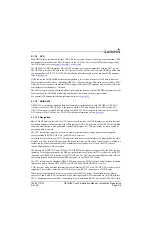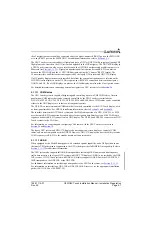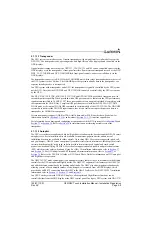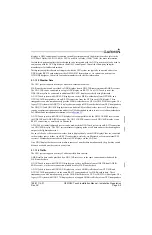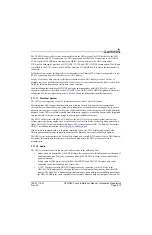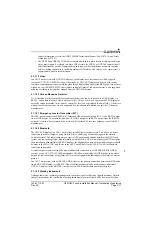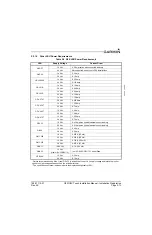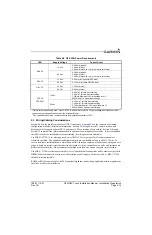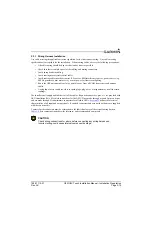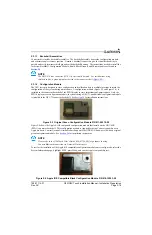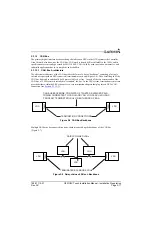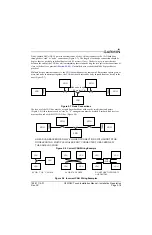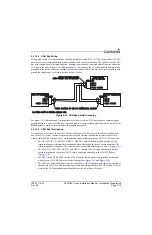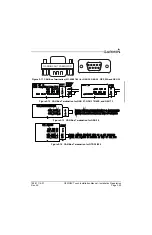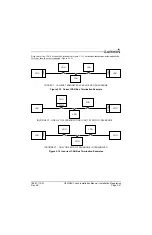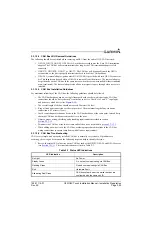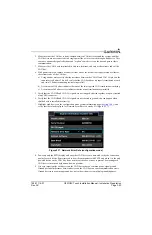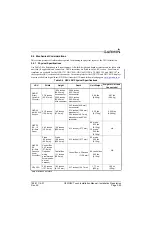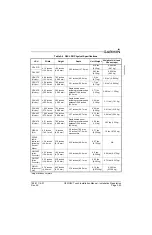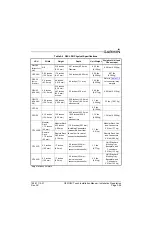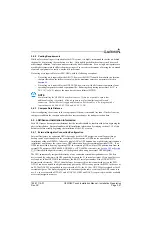
190-01115-01
G3X/G3X Touch Installation Manual - Installation Preparation
Rev. AC
Page 2-12
Day VFR conditions. In case of an electrical system failure, or in the unlikely event of an issue with the
G3X system, backup instruments should at minimum provide a secondary reference for aircraft attitude,
airspeed, and altitude.
The G5 standby flight display is designed as a complementary backup instrument for the G3X system. It
features dissimilar hardware and software design to eliminate common-mode failures, supports an optional
built-in backup battery, and synchronizes data such as baro setting and selected heading with the G3X
system. In conjunction with a GMC mode control panel, the G5 is also capable of driving the GSA 28
autopilot servos even if power is removed from all GDU displays. For further information, refer to the G5
installation/operation manual (190-02072-00).
2.2 Electrical Considerations
This section presents information required for planning the electrical layout of the G3X installation.
CAUTION
To avoid damage to the LRUs, take precautions to prevent Electro-Static Discharge (ESD)
when handling connectors and associated wiring. ESD damage can be prevented by
touching an object that is of the same electrical potential as the LRU before handling the
LRU itself.
2.2.1 Power Specifications
All G3X LRUs are capable of operating at either 14 or 28 VDC (except the GAD 27 which is 14 VDC
only, and the GAP 26, see
in Section 5). Table 2-1 and
list supply voltage and current draw
info for the G3X LRUs, use this information when determining power supply requirements. All installed
electrical appliances must be considered when determining total power requirements.
2.2.1.1 GAP 26 Power Requirements
The 010-01074-00 version of the GAP 26 does not require power as it does not have a heater. The initial
current vs temperature requirements for the 010-01074-10 and 010-01074-20 are listed in Table 2-1. See
for acceptable wiring configurations.
CAUTION
Do not connect the heated/regulated version of the GAP 26 (010-01074-20) to 28 VDC.
The heated/non-regulated version of the GAP 26 (010-01074-10) may be connected to
either 14V or 28V. See
for wiring information.
Table 2-1 GAP 26 Initial Current Draw vs Probe Temperature (-10, -20 units only)
Probe Temperature
-40°C (-40°F)
0°C (32°F)
50°C (122°F)
100°C (212°F)
175°C (347°F)
Amps
12 Amp
9.25 Amp
7.3 Amp
5.85 Amp
4.36 Amp
Table 2-1 refers to probe temperature at initial turn-on. For example, upon turn-on at -40°C, the standard
(-10) or regulated (-20) heated probes will initially draw 12 amps, but will draw less current as they warm
up.
The -10 non-regulated probe draws current proportional to the probe temperature as shown in Table 2-1.
The -20 heated regulated probe uses similar power to the -10 probe when airborne, but will limit the
current to regulate the probe temperature to ~75°C (167°F) when the probe temperature reaches this
value.

